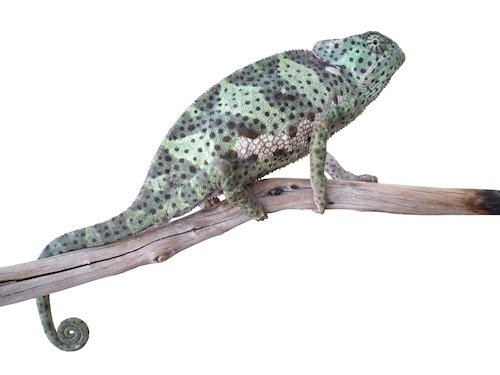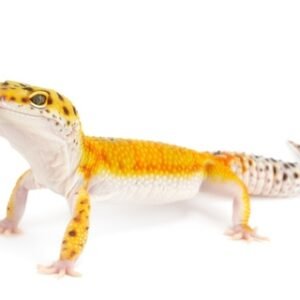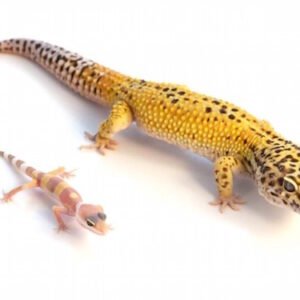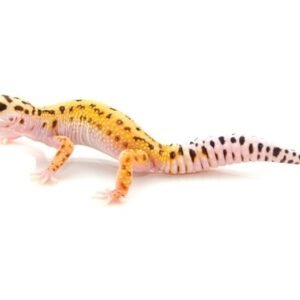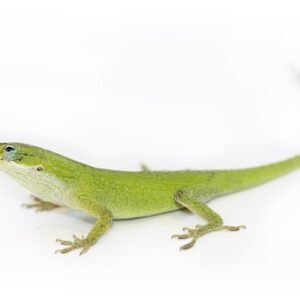Understanding the Flapneck Chameleon: Care and Requirements
The Flapneck Chameleon, scientifically known as Chamaeleo dilepis, is a remarkable species that originates from the forests and savannas of Southern Africa. Maintaining its health and well-being in captivity necessitates a comprehensive understanding of its natural habitat and specific environmental conditions. These chameleons thrive in warm climates, requiring a temperature gradient that ranges from 80°F to 90°F (27°C – 32°C) in the basking area to 70°F to 80°F (21°C – 27°C) in cooler zones. Implementing a reliable heat source like a basking lamp is crucial to imitate their natural environment.
Humidity levels also play a vital role in their care, ideally maintained between 45% and 65%. To achieve this, regular misting and the use of a hygrometer are essential. Adequate ventilation is equally important to prevent stagnant air, which can contribute to respiratory issues. The right lighting, especially UVB exposure, is critical for their health as it supports calcium metabolism and prevents metabolic bone disease. A full-spectrum UVB lamp should be provided to ensure the chameleon receives sufficient exposure daily.
Dietary needs are equally specific; Flapneck Chameleons are insectivorous and thrive on a diet of crickets, roaches, and other small insects. It is advisable to dust their food with a calcium supplement to ensure they receive adequate nutrients. Feeding should be done several times a week, and insects should be appropriately sized to avoid choking hazards. Hydration is vital, and it is recommended to provide a shallow water dish while occasionally misting the chameleon to encourage drinking. Flapneck Chameleons exhibit a relatively solitary temperament and should be housed individually to reduce stress. Creating an engaging and enriched habitat will enhance their quality of life, thereby encouraging natural behaviors.
Socialization and Health: Ensuring a Happy Flapneck Chameleon
Socializing a flapneck chameleon is crucial for fostering a trusting relationship between the pet and its owner. These reptiles, known for their vibrant colors and unique characteristics, can become stressed in new environments. To minimize this stress, it is advisable to handle them gently and infrequently during the initial days of ownership. Allow the flapneck chameleon to acclimatize to its new habitat before attempting to handle it. Once the chameleon is comfortable, short, calm interactions can help build trust. By speaking softly and maintaining a steady presence, pet owners can create a more relaxed environment for their flapneck chameleons, encouraging positive interactions over time.
Health is a primary concern when caring for a flapneck chameleon. Like all reptiles, flapnecks can experience a range of health issues, from metabolic bone disease to respiratory infections. A well-balanced diet, including a variety of insects dusted with calcium and vitamins, is essential for their overall health. Additionally, providing a proper environment with adequate humidity, UVB lighting, and temperature gradients is crucial. Owners should monitor their chameleons for signs of illness, which may include lethargy, a lack of appetite, or abnormal coloration. Recognizing these symptoms early can significantly enhance the chance of successful recovery.
Routine veterinary check-ups are recommended to identify and address potential health issues before they become severe. A veterinarian specialized in reptiles can offer invaluable advice regarding the specific requirements of flapneck chameleons. Moreover, owners can cultivate a proactive approach to their pet’s health by regularly observing their behavior and habitat conditions. By ensuring the correct environment and nutrition, and by maintaining open lines of communication with veterinary professionals, owners can significantly contribute to the long-term well-being of their flapneck chameleons. Adhering to these practices will ensure a happy and healthy life for these unique reptiles.

